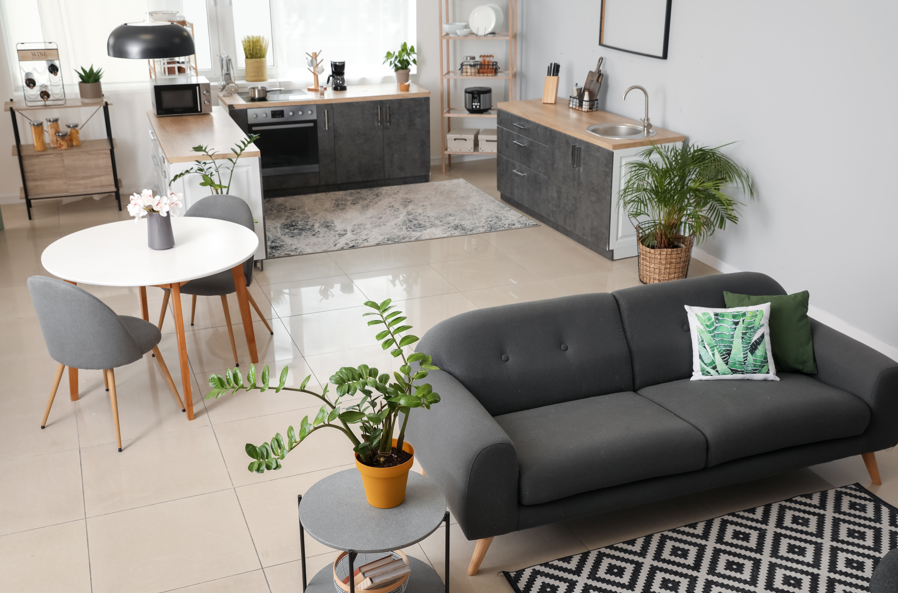Living in an apartment or condo doesn’t mean you have to sacrifice audio quality for space constraints. With thoughtful planning and the right approach, even the most compact living spaces can deliver an immersive sound experience that rivals larger setups. The key lies in understanding how to work with your room’s unique characteristics rather than against them.
Understanding Your Space’s Acoustic Signature
Every room has its own acoustic fingerprint, and smaller spaces present both challenges and opportunities. Compact rooms tend to amplify bass frequencies, which can create a boomy, overwhelming sound if not properly managed. However, they also offer more intimate listening environments where subtle details in music become more apparent.
The proximity of walls, ceiling, and floor creates multiple reflection points that can either enhance or muddy your audio experience. Hard surfaces like bare walls, windows, and hardwood floors reflect sound waves, potentially causing echoes and standing waves. Conversely, soft furnishings, carpets, and curtains absorb sound, helping to create a more balanced acoustic environment.
Strategic Speaker Placement for Maximum Impact
Speaker positioning becomes crucial in smaller spaces where every inch matters. Rather than pushing speakers against walls, try to create some breathing room between your speakers and the nearest surfaces. This separation helps reduce unwanted reflections and allows the sound to develop more naturally.
Consider the triangle principle: position yourself and your speakers to form an equilateral triangle, with speakers angled slightly toward your primary listening position. In apartments and condos, this might mean getting creative with furniture arrangements or using adjustable speaker stands that can be easily repositioned when needed.
Height placement also plays a significant role. Bookshelf speakers at ear level often perform better than floor-standing towers in cramped quarters, as they reduce floor reflections and can be more precisely positioned for optimal sound dispersion.
Choosing the Right Equipment for Compact Living
When space is at a premium, every component needs to earn its place. Look for versatile equipment that serves multiple functions without compromising performance. Powered speakers eliminate the need for separate amplifiers, reducing both space requirements and cable clutter.
Consider systems that offer wireless connectivity options, allowing you to stream high-quality audio without running cables across your living space. This flexibility proves invaluable in apartments where drilling holes or permanent installations might not be permitted.
Subwoofers deserve special consideration in apartment living. While bass extension is desirable, overpowered low-frequency drivers can create neighbor complaints and acoustic problems in small rooms. Compact, well-engineered subwoofers designed for nearfield listening often provide better results than their larger counterparts in these environments.
Professional Guidance and Selection
Before making any significant audio investment, consider visiting a sound system showroom where you can experience different configurations in controlled environments. Professional showrooms offer the opportunity to audition various speaker combinations and receive expert guidance tailored to your specific living situation.
Knowledgeable staff can help you understand how different technologies will perform in your space and suggest solutions you might not have considered. Many showrooms can even provide room acoustic analysis services, helping you identify potential problem areas before you purchase equipment.
Acoustic Treatment on a Budget
Improving your room’s acoustics doesn’t require expensive professional treatment. Simple additions like area rugs, throw pillows, bookshelves filled with books, and strategically placed plants can significantly improve sound quality by breaking up reflections and absorbing unwanted resonances.
Heavy curtains or tapestries can tame harsh wall reflections, while repositioning existing furniture might solve standing wave issues. Even something as simple as avoiding parallel surfaces or adding irregular shapes to your room can improve acoustic performance.
Neighbor-Friendly Listening Practices
Responsible audio enjoyment in multi-unit buildings requires consideration for those around you. Establish reasonable listening hours and be mindful of bass levels, which travel through floors and walls more readily than higher frequencies.
Isolation pads under speakers and subwoofers can significantly reduce vibration transmission to neighboring units. These inexpensive accessories prevent your audio equipment from turning structural elements into unwanted speakers that broadcast your music throughout the building.
Conclusion
Creating exceptional audio experiences in apartments and condos is entirely achievable with the right approach. By understanding your space’s unique characteristics, choosing appropriate equipment, and implementing thoughtful acoustic solutions, you can enjoy rich, immersive sound without compromising your living situation or relationships with neighbors. The key is working smarter, not necessarily spending more, to maximize every square foot of your audio sanctuary.


